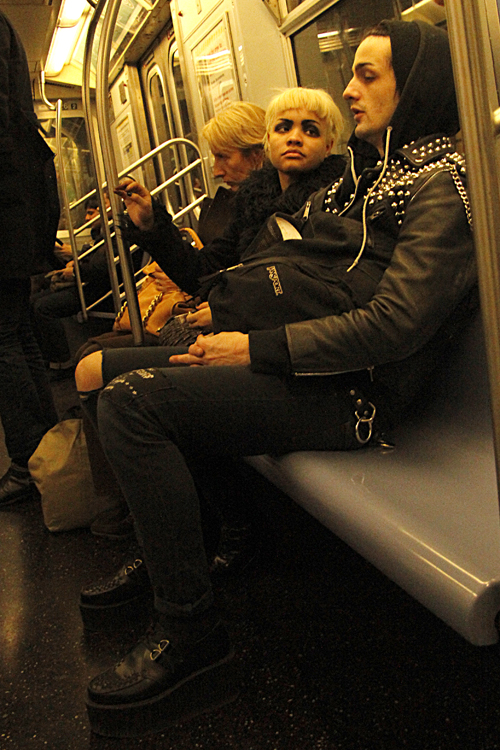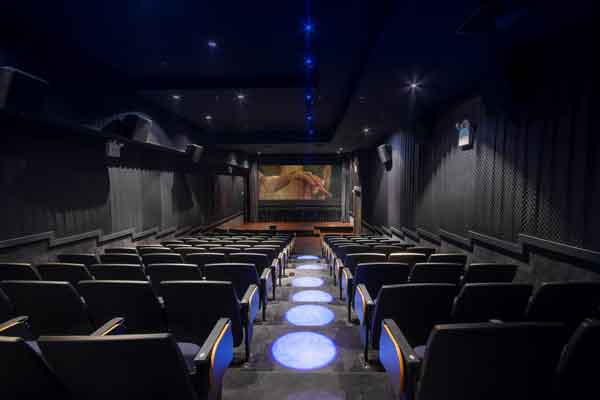
Photo by Eric Wolman
Figures of an Infant Jesus, Dressed for a Feast Day [NYT]
A Month-Long Farewell for Rose Live Music [WSJ]
archive

Photo by Eric Wolman
Figures of an Infant Jesus, Dressed for a Feast Day [NYT]
A Month-Long Farewell for Rose Live Music [WSJ]
By Lisette Johnson
Although the invention of paper dates back two millenia, it wasn’t until the 20th century that paper products for the home were readily available, and it took another couple decades for them to become ubiquitous in American households. Using disposable cleaning products became a mark of wealth and prosperity rather than waste and irresponsibility. That notion is changing as we move into the second decade of the 21st century, when over 30 percent of the waste in U.S. landfills consists of paper products, most of which could be recycled or replaced with reusable counterparts.

Michelle Dortignac, founder of Unnata Aerial Yoga, in a pose which combines traditional yoga and aerial acrobatics. Photo courtesy Unnata Aerial Yoga
Part 1
My Zen is at the peak of productivity. Between morning and afternoon meetings, doctors appointments, a run at the gym, jazzed up on cappuccinos, deadlines looming, I take a minute to focus on my breath, I inhale the city’s car-fumed air … Blackberry still in hand, podcast tunes pumping through my brain, scanning the daily paper … and I exhale.

It’s not every day that someone declares that he wants to build a theater, so when one actually gets built, it’s truly a romantic thing.
“It’s a dream come true,” says Marco Ursino, filmmaker and founder of the Brooklyn International Film Festival. Ursino owns indieScreen, located at 285 Kent Ave. (S. 2nd St.) along with contractor Krzystof Pogorzelski and restaurateur Anna Popermhem.
“After the Commodore theater closed in 2002, I’ve been waiting and waiting for someone to build a new theater in Williamsburg, but no one did, so I decided to build one myself,” says Ursino.
When Mikal Hameed opened up 99% Gallery and Art Center in Williamsburg in June 2010, it took off, presenting seven shows in six months showcasing prominent underground artists to large crowds, all while becoming the latest de facto haunt for Brooklyn’s cultural extroverts. By December, almost as swiftly as it emerged, 99% Gallery was closed. In half a year, Hameed launched and shuttered the promising business he built from scratch, lost his family, became the victim of possible embezzlement, and was forced to negotiate just to keep a roof over his head.
“I never tried to look at it [the art world] traditionally,” Hameed says in the unassuming Clinton Hill railroad apartment he moved to last December. His art pieces and commercial product prototypes take up nearly every inch of wall space. The apartment is also his studio, since he was forced to abandon the space he built up at 99 N. 10th St. in a contentious saga between Hameed, his former landlord John Mayer, and Vice Magazine Publishing.
The 99% Gallery Hameed started there was certainly unconventional; its first show in June 2010 was a fund-raiser for the space itself. The gallery charged $5 admission and patrons could bid in silent auctions on work from lots of notable figures in the street art and pop surrealist move-ments. Despite the cover charge the event was packed, and pieces sold.